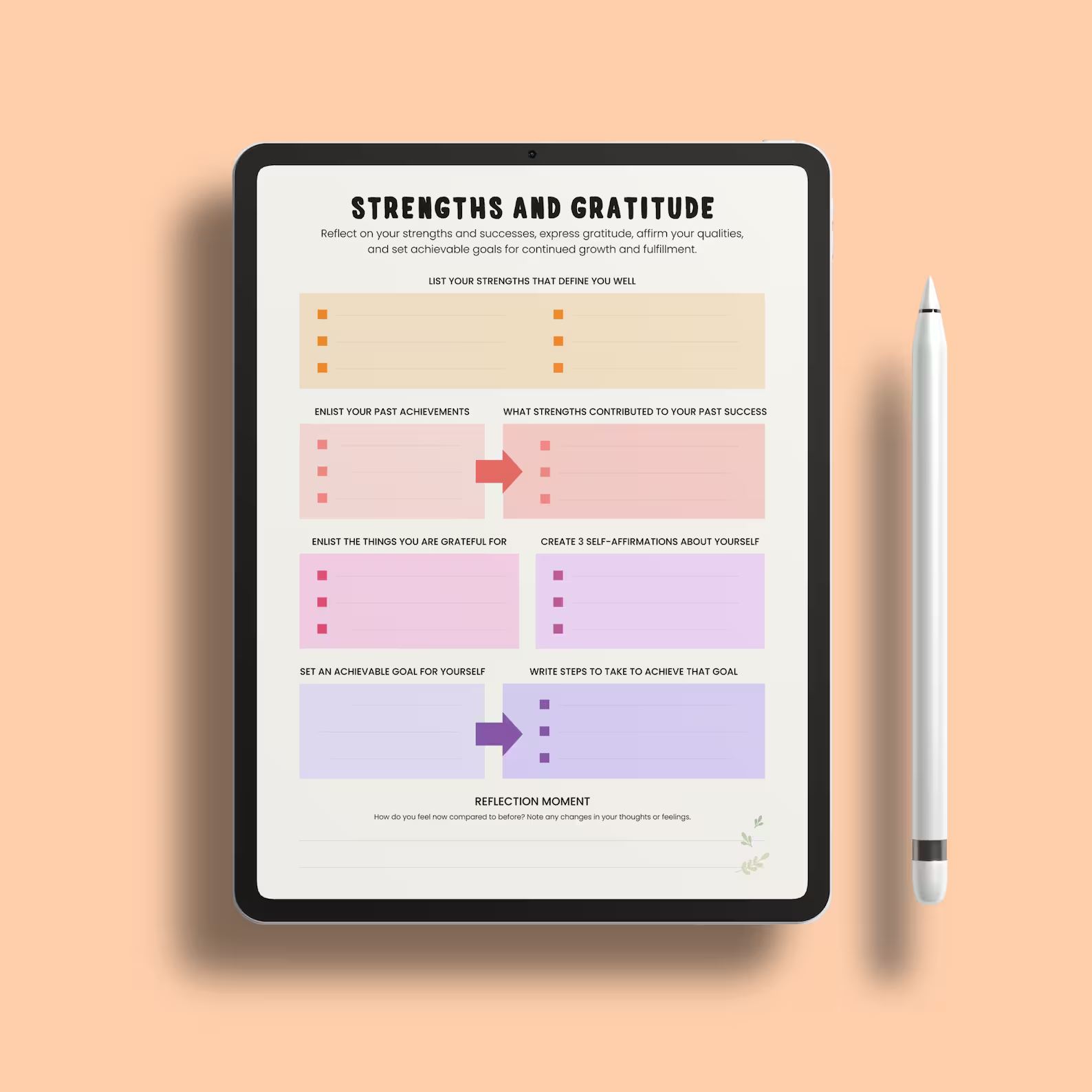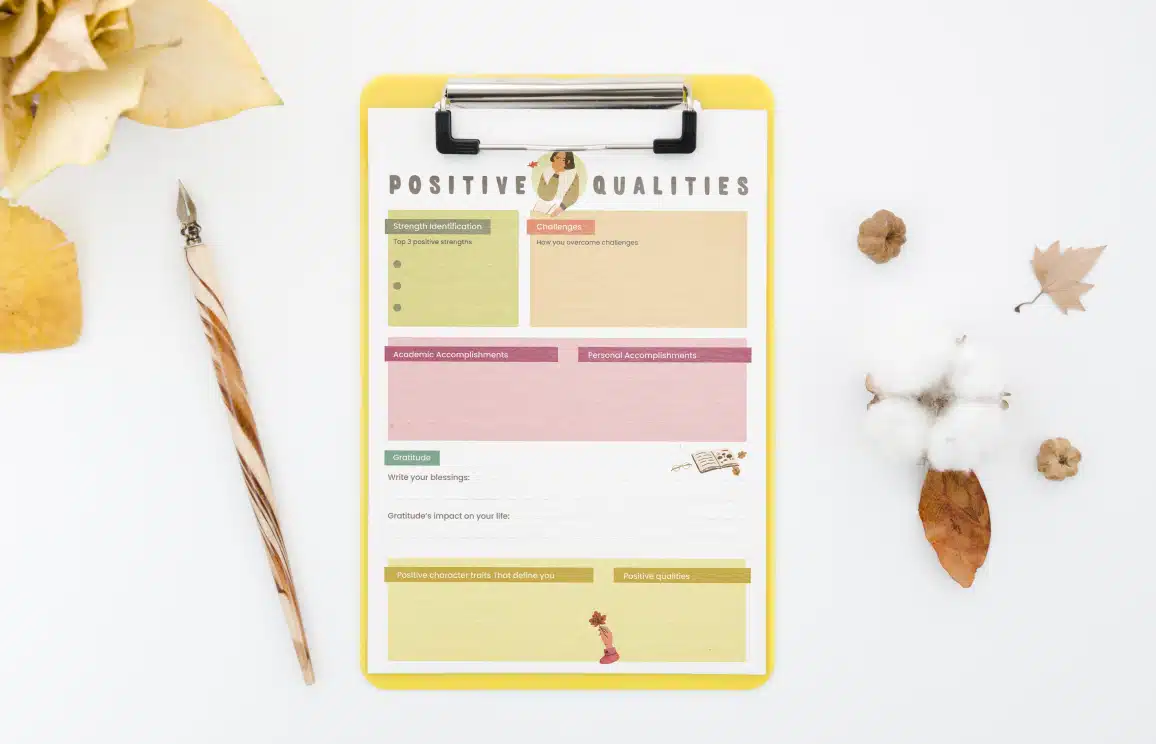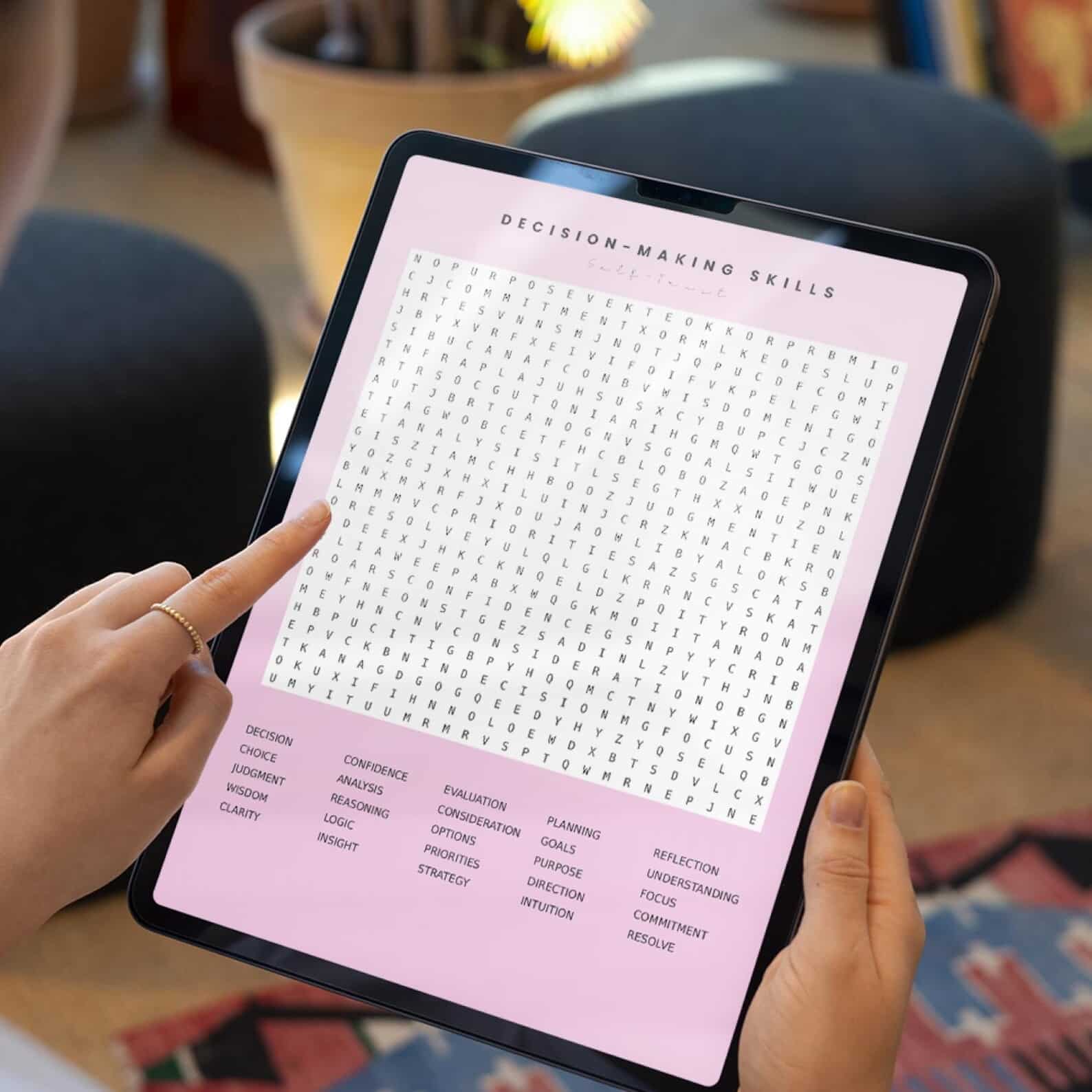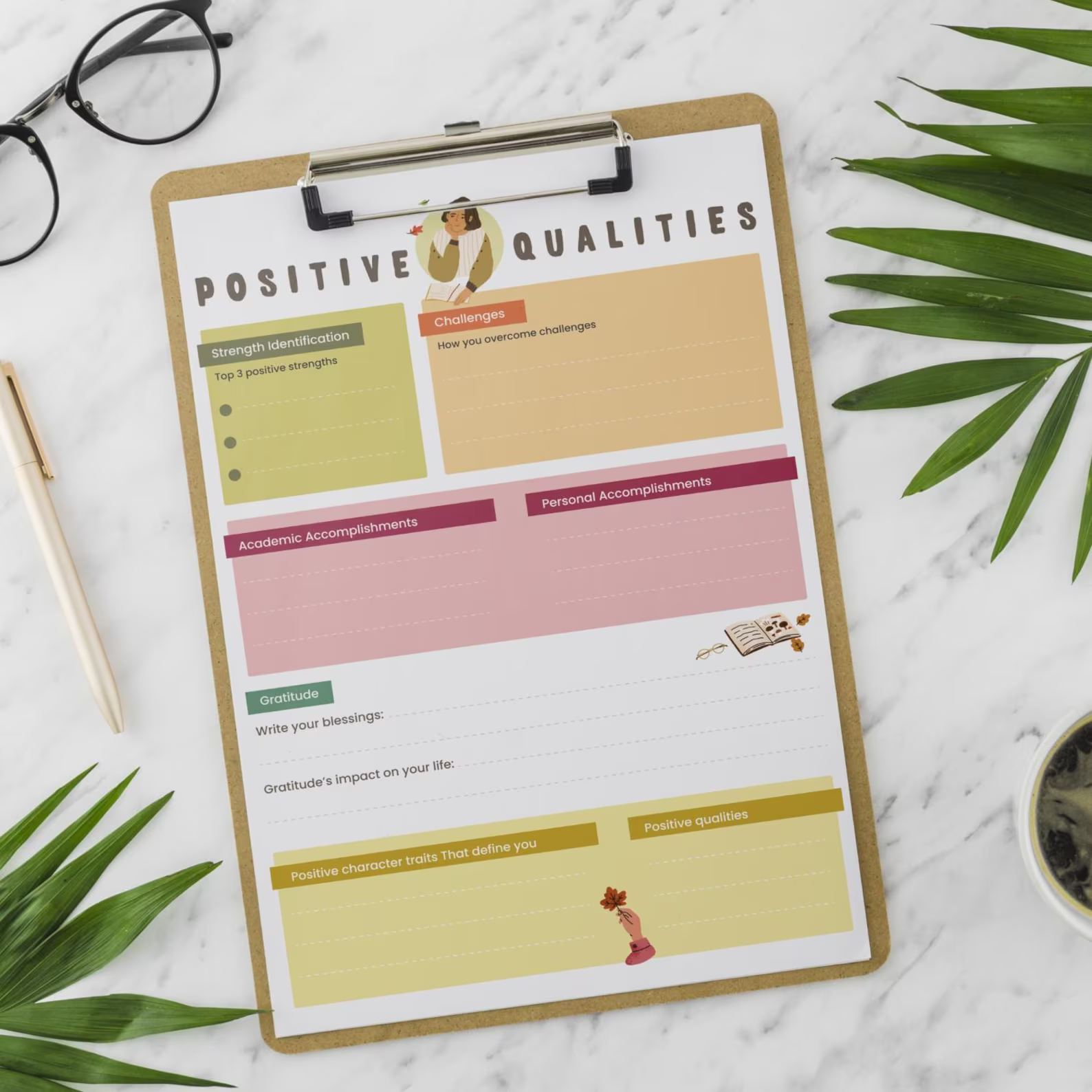Overcoming Self-Doubt: A Cozy, Therapeutic Guide
Hello there! Think of me as wellness coach, here to support you in overcoming self-doubt and embracing your inherent strengths. Self-doubt often shows up unannounced, whispering that you’re not good enough or capable enough. But with patience and the right mindset, you can gradually quiet those whispers and replace them with self-trust, resilience, and confidence.
Understanding Self-Doubt
Why We Doubt Ourselves
- Limiting Beliefs: These are long-held assumptions about our abilities that keep us from growing.
- Negative Thought Patterns: It’s easy to slip into a habit of criticizing ourselves, sometimes without even noticing.
- Imposter Syndrome: That nagging feeling that you’re a fraud, despite evidence of your achievements.
Recognizing these barriers is the first step toward rewriting your internal script. Remember, everyone experiences self-doubt at times, and acknowledging it simply means you’re ready to address it.
Strategies to Overcome Self-Doubt
1. Reframe Limiting Beliefs
- Identify the Source: Pinpoint where a particular belief may have started.
- Question Its Validity: Ask if this belief is fact or just a story you’ve told yourself.
- Replace with Positives: Whenever a limiting belief pops up, counter it with a more empowering statement.
2. Tackle Imposter Syndrome Head-On
- Keep a Success Journal: Document wins and small achievements to see how far you’ve come.
- Seek Honest Feedback: Talking to mentors or trusted friends often reveals strengths you’ve overlooked.
- Practice Self-Compassion: If you slip up, treat yourself kindly. It’s a sign of growth, not failure.
3. Build Self-Confidence Over Time
- Set Small Goals: Break tasks into tiny steps and celebrate each milestone.
- Use Positive Affirmations: A few kind words to yourself can shift your mood and mindset.
- Lean on Support: Surround yourself with people who encourage your growth and celebrate your efforts.
4. Break the Cycle of Negative Thought Patterns
- Be Mindful: Notice when self-critical thoughts arise, then gently redirect them.
- Seek Facts: Challenge negative assumptions with objective truths (e.g., “I did well on my last project!”).
- Write It Down: Journaling can help you gain clarity and spot recurring patterns.
Recommended Tools
Self-Trust – 14 Word Search Puzzles: A creative way to reinforce self-confidence themes.
This pack of word search puzzle is available – 28 word search puzzles (Printable & Digital Use)
Imposter Syndrome Prompt Journal: Target specific doubts and learn to reframe them positively.
This prompt journal is available – 12 monthly files (Printable & Digital Use)
Gratitude and Strength Journal: Focus on daily wins and areas where you’re growing.
 This worksheet is available (Printable & Digital Use)
This worksheet is available (Printable & Digital Use)
Positive Qualities Worksheet for Self-Discovery & Goal Setting: Identify your strengths, chart personal goals, and nurture self-belief.
This worksheet is available (Printable & Digital Use)
A 30-Day Challenge to Build Lasting Confidence
I invite you to join me in a simple yet transformative 30-day journey. Each day, you’ll take one small action to understand your self-doubt better and plant seeds of self-confidence. By breaking it down into manageable steps, you’ll find it easier to make real, lasting progress.
- 1: Awareness – Spend five minutes writing down any negative thoughts that surface today. ( Simply notice them—no judgment.)
- 2: Gratitude List – List three things you’re grateful for about yourself—maybe a skill, a trait, or a small win.
- 3: Share a Goal – Tell a friend or mentor one goal you have. Verbalizing it helps make it real.
- 4: Unpack One Limiting Belief – Identify one belief that’s holding you back. Jot down reasons this belief might not be entirely true.
- 5: Mindfulness Practice – Take five slow, deep breaths each time you notice self-doubt sneaking in.
- 6: Find Evidence – List three past achievements that show you’re capable of growth and success.
- 7: Compliment Yourself – Give yourself one genuine compliment in the mirror. Notice how you feel.
- 8: Reach Out – Ask a close friend or colleague for one piece of positive feedback.
- 9: Positive Affirmation – Choose an affirmation like, “I am worthy and capable,” and repeat it aloud three times.
- 10: Tiny Victory – Celebrate a small accomplishment—treat yourself in a simple way that feels special.
- 11: Self-Trust Challenge – Complete one puzzle from the Self-Trust – 14 Word Search Puzzles to reinforce positivity.
- 12: Journal It Out – Spend 10 minutes in the Imposter Syndrome Prompt Journal to address any feelings of inadequacy.
- 13: Gratitude Check-In – Write a short entry in the Gratitude and Strength Journal focusing on a recent success.
- 14: Spotlight Your Strengths – Use the Positive Qualities Worksheet for Self-Discovery & Goal Setting to identify one core trait you appreciate.
- 15: Reflect & Recharge – Schedule a restful activity—maybe a short walk or reading time.
- 16: Compliment Others – Offer a sincere compliment to two people today. Observing kindness can foster your own sense of worth.
- 17: Track Your Progress – Note three changes or improvements you’ve noticed in yourself since Day 1.
- 18: Banish Perfectionism – Purposefully do something imperfectly (like a quick sketch) and acknowledge that “done” can be better than “perfect.”
- 19: Self-Care Moment – Create a calming ritual like lighting a candle or playing soft music while reflecting on your day.
- 20: Revisit Affirmations – Pick a favorite affirmation and write it on a sticky note where you’ll see it often.
- 21: Check In With a Mentor – Ask for feedback on a skill you’re developing. Celebrate any progress they see.
- 22: Give Yourself Credit – List three ways you’ve grown personally or professionally in the last month.
- 23: Overcome a Challenge – Identify a small challenge you’ve been avoiding. Take one concrete step to tackle it.
- 24: Pause & Breathe – Practice mindful breathing for one minute. Inhale for four counts, hold for four, exhale for four, hold for four.
- 25: Reflect in Your Journal – Revisit the Imposter Syndrome Prompt Journal or a personal journal to note any lingering doubts.
- 26: Kindness Note – Write a short note of encouragement to yourself, as if you were writing to a close friend.
- 27: Gratitude for Failures – Think of a past failure and write down what you learned from it.
- 28: Share a Success Story – Tell someone about one of your recent wins, however small. Celebrate that moment.
- 29: Be Present – If you catch yourself worrying about the future or dwelling on the past, name three things you see or hear right now.
- 30: Celebrate Growth – Look back at Day 1. Reflect on how far you’ve come in recognizing your strengths and diminishing self-doubt.
Stepping Into Confidence
Overcoming self-doubt is a journey, one that doesn’t just vanish overnight but evolves as you consistently practice self-awareness and self-compassion. By taking small steps each day and using supportive tools along the way, you build a new, more confident version of yourself. Keep believing in your capacity to learn, adapt, and thrive, and remember: you’re worthy of all the good things coming your way.
Here’s to celebrating every little victory on your path to lasting self-confidence!




